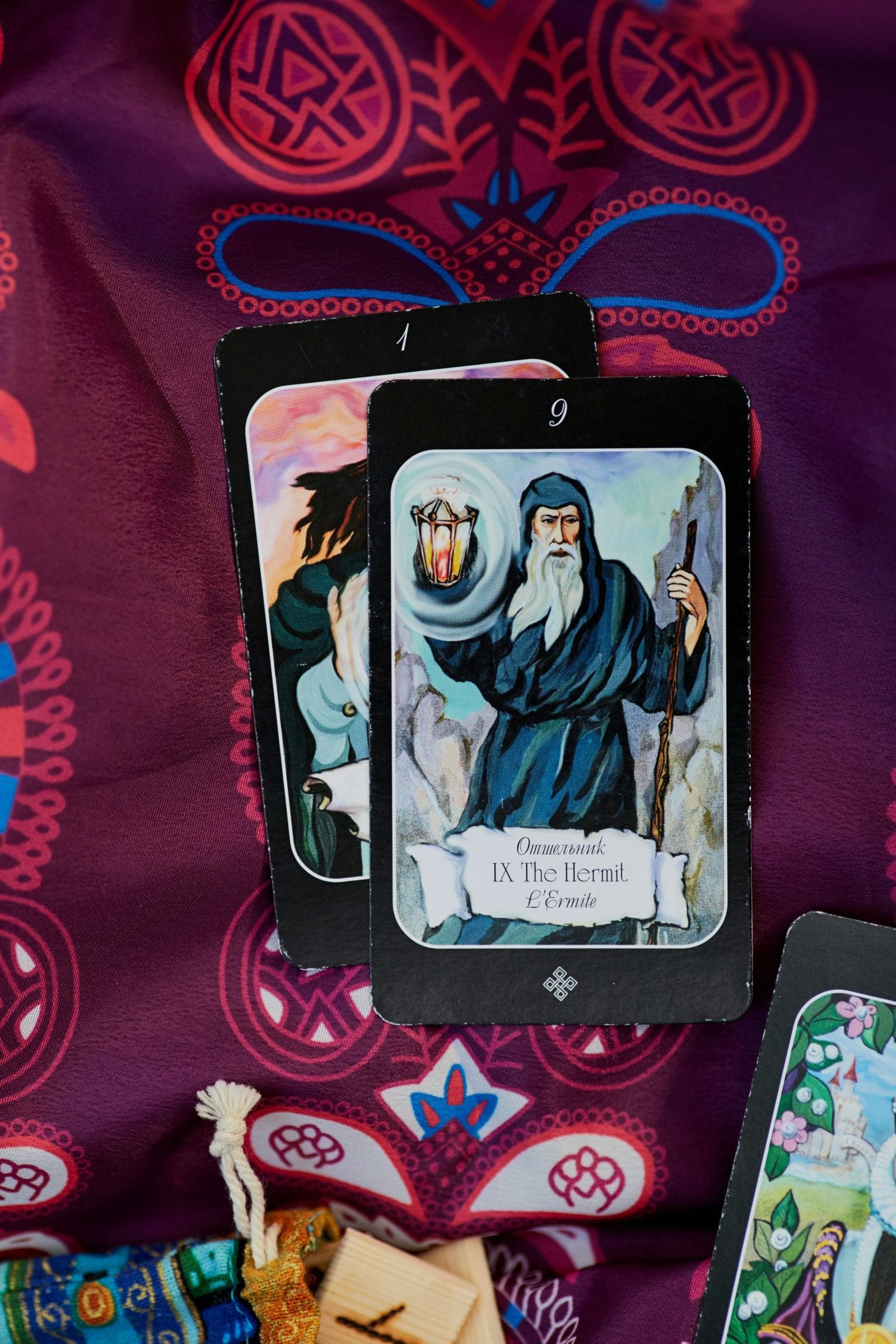Introduction to Navasama Charts
A Navasama chart, also referred to as a Navamsa chart, is a crucial aspect of Vedic astrology that significantly influences astrological interpretations. Originating from ancient Indian astrological practices, the Navasama chart serves as a specialized tool for discerning deeper insights into an individual’s horoscope. Unlike conventional Western astrology charts, which primarily focus on planets’ positions in the twelve houses, the Navasama chart divides each sign into nine segments, thereby enhancing the analytical scope of the astrological reading.
The primary purpose of the Navasama chart is to provide an intricate view of the planetary influences on a person’s life, particularly concerning marriage, relationships, and spiritual pursuits. By analyzing the configuration presented in the Navasama chart, astrologers can derive comprehensive insights about an individual’s inherent potential, karmic lessons, and personal development. This chart is considered vital in Vedic astrology because it acts as a supplementary chart to the Rasi (or birth) chart, offering a multidimensional perspective that can refine the readings made from the primary chart.
One of the distinctive features of Navasama charts is their emphasis on the strength of planets. Each planet holds different characteristics within the Navasama framework, which can influence a person’s disposition and life experiences. For instance, a planet situated in a favorable position in the Navasama chart can suggest auspicious outcomes in life, whereas a challenging position might indicate areas requiring more attention or awareness.
Understanding how to analyze a Navasama chart and its significance in Vedic astrology can empower individuals in their pursuit of personal growth and self-awareness. As readers delve further into this topic, they will discover the profound insights that can be gained through the detailed interpretation of these charts.
Purpose of Navasama Charts
Navasama charts, a significant aspect of Vedic astrology, serve multiple purposes in the analysis of an individual’s life. These charts, typically constructed during a person’s birth, provide vital insights into their personality traits, inherent challenges, and potential growth channels. By dissecting the intricate details within a Navasama chart, astrologers can gain a deeper understanding of the complex interplay between an individual’s psyche and their past life karma.
One of the primary purposes of Navasama charts is to reveal a person’s core personality. Each individual possesses unique characteristics that are influenced by planetary positions at the time of their birth. Navasama charts offer a detailed examination of these astrological influences, showcasing how celestial bodies shape one’s temperament, strengths, and weaknesses. This understanding plays a crucial role in personalized guidance, aiding individuals in navigating their life paths effectively.
Moreover, the Navasama chart serves as a diagnostic tool for identifying challenges faced by the individual. By analyzing specific houses and celestial alignments, astrologers can identify recurring patterns that may indicate obstacles in various life aspects, such as relationships, career, or health. This awareness empowers individuals to confront their challenges more strategically, enabling them to work on personal development proactively.
Furthermore, Navasama charts illuminate the potential for an individual’s growth and transformation. They not only present present-day influences but also reflections of past life karma, which can significantly impact current life experiences. Understanding these karmic connections assists individuals in recognizing opportunities for growth and change, guiding them toward a more fulfilling life trajectory.
In essence, the purpose of Navasama charts extends beyond mere prediction. They serve as comprehensive tools that provide clarity on one’s personality, challenges, and potential, making them invaluable resources for personal insight and development.
Components of a Navasama Chart
The Navasama chart, an essential element in Vedic astrology, is composed of nine divisions called Navamsas. Each of these divisions plays a vital role in interpreting the astrological influences on an individual’s life. The primary purpose of the Navasama chart is to provide deeper insights into a person’s strengths, weaknesses, and possible life paths by examining the planetary placements within these divisions.
Each Navamsa corresponds to a specific aspect of the zodiac and can reveal much about the characteristics associated with the planets situated within it. For instance, planets positioned in their own Navamsa may exhibit stronger attributes, while those occupying detrimental Navamsas could indicate challenges or obstacles in the native’s life. As such, understanding the implications of these placements is crucial for anyone seeking to read a Navasama chart independently.
Moreover, the significance of the Navamsas extends beyond mere placement; the interactions between the planets across different divisions require careful evaluation. The Navasama chart can highlight relationships between different planetary energies, which can further elucidate issues concerning marriage, career, and personal development. For example, the 7th Navamsa is typically associated with marital relationships, so the positioning of benefic or malefic planets within this division can provide insights into one’s partnership dynamics.
Understanding the components of a Navasama chart is not solely confined to recognizing planetary positions; it also involves analyzing how these positions influence various aspects of life. The synthesis of these layers of meaning can provide comprehensive insight into an individual’s potential, aiding them in navigating life’s journey more effectively. Thus, the ability to read a Navasama chart independently can empower individuals to unlock the deeper layers of their astrological essence.
Reading a Navasama Chart: Basics
A Navasama chart, a fundamental aspect of Vedic astrology, stands as a unique representation of an individual’s birth data. To read this chart independently, one must first familiarize themselves with its structure. The chart typically consists of nine divisions, where each segment corresponds to a particular planet’s position at the time of birth. It is crucial to identify the rising sign, known as the Ascendant, as it lays the foundation for interpreting the chart.
Once the Ascendant is established, the next step involves locating the planets within the chart. Each planet occupies a specific house, representing various life aspects, such as career, relationships, and health. It is essential to note the sign that each planet resides in, as this influences the expression of its energy. Additionally, understanding the attributes of the houses is vital. For instance, the first house signifies self-identity, while the seventh house pertains to partnerships.
As you analyze the Navasama chart, consider the aspects or angles formed between the planets. These interactions can enhance or mitigate their effects, offering deeper insights into the individual’s life circumstances. For example, a harmonious aspect between Venus and Jupiter often signifies positive outcomes in relationships, whereas a challenging aspect may indicate difficulties.
Another important factor is the influence of the planet ruling the Ascendant. This ruling planet carries substantial weight in the chart’s interpretation and can significantly alter the way other planets manifest their energies. Furthermore, understanding the overall balance of elements and modalities in the chart can provide a nuanced perspective on the individual’s character traits and predispositions.
By following this foundational approach, one can begin to navigate the complexities of a Navasama chart, empowering themselves to interpret its meanings independently.
Limitations of Reading Navasama Charts Independently
Interpreting a Navasama chart, which represents a specialized astrological analysis of a person’s life path and psychological makeup, can present significant challenges when done in isolation. One primary limitation arises from the intricate nature of astrology itself. The Navasama chart is deeply interwoven with other astrological charts, such as the natal and divisional charts, which offer a more holistic view of an individual’s life. Without the contextual support provided by these additional charts, the insights gleaned from a Navasama chart may be superficial or misleading.
Another significant challenge is the inherent complexity of astrological symbols and their meanings. Each planet’s placement, house, and aspects within the Navasama chart carry specific connotations. However, these meanings can shift dramatically depending on their relationship with other planetary positions in the natal chart and even transiting planets. This is especially important because the Navasama chart, or Navamsa, specifically aims to reveal deeper aspects of one’s life, particularly in marriage and spiritual progress. Thus, relying solely on its data may result in overlooking crucial influences that affect these areas.
Furthermore, individual interpretation varied by astrologers can lead to inconsistencies. The subjective nature of astrological analysis means that readings conducted without cross-referencing other charts can yield different results, even among experienced practitioners. Therefore, to ensure a meaningful and extensive understanding, it is crucial to view the Navasama chart within the framework of broader astrological practice. This comprehensive approach not only affirms the findings in the Navasama but also enriches the overall interpretation, enhancing accuracy and relevance in addressing life’s many dimensions.
Integration with Other Charts
Navasama charts, known for their unique representation of a person’s astrological influences, offer profound insights when analyzed independently. However, integrating Navasama charts with other astrological tools, such as the Rasi chart, can significantly enhance the depth of interpretation. Combining these charts allows astrologers to unveil a more comprehensive astrological profile, leading to richer insights about an individual’s personality, life events, and potential challenges.
The Rasi chart, which depicts the positioning of planets at the time of a person’s birth in relation to the twelve zodiac signs, serves as a foundational element in Vedic astrology. When one considers the Navasama chart alongside the Rasi chart, it becomes possible to cross-reference the insights derived from both tools. For instance, while the Rasi chart provides knowledge regarding the individual’s overarching life themes, the Navasama chart offers a granulated view concerning specific areas such as talents, aspirations, and karmic lessons.
This integration is especially useful in times of life transitions or challenges. When interpreting significant planetary movements, the joint analysis of the Navasama chart and the Rasi chart enables astrologers to identify not only the likely challenges but also the unique strengths an individual may harness during these periods. Understanding how these two charts interact leads to a more holistic view and stronger predictive capabilities.
Additionally, the use of complementary astrological systems—such as transits and progressions—can further enhance the information extracted from both charts. By understanding the dynamic relationship between the Navasama chart and the Rasi chart, individuals can receive tailored guidance that resonates with their specific circumstances, thus showing how effective chart integration can be in navigating life’s complexities.
Common Misconceptions About Navasama Charts
The Navasama chart, pivotal in Vedic astrology, has often been surrounded by various misconceptions that can mislead both practitioners and enthusiasts. One of the most prevalent myths is the belief that the Navasama chart can be interpreted in isolation, without considering its relationship to the birth chart. This misconception undermines the complexity of a person’s astrological profile, as the Navasama chart is meant to complement the main chart rather than serve as a standalone analysis. Without this comprehensive approach, interpretations may be skewed and inaccurate.
Another common misunderstanding is that the Navasama chart solely indicates future predictions. While it can provide insights into a person’s life path and potential growth, it is essential to note that astrology reflects potentials rather than certainties. The Navasama chart offers probabilities and scenarios influenced by individual choices and external circumstances. Consequently, relying exclusively on this chart for predictive insights can lead to confusion and misguided expectations.
Lastly, many assume that the Navasama chart does not consider planetary placements and aspects. On the contrary, these elements play a crucial role in the overall interpretation, making it vital to integrate them into the analysis. Debunking these misconceptions allows for a more informed and accurate understanding of the Navasama chart and enhances its astrological relevance.
Case Studies: Practical Interpretations
Navasama charts, intrinsic to Vedic astrology, provide a unique framework for understanding various aspects of an individual’s life. By interpreting these charts independently, several practitioners have uncovered profound insights leading to transformative outcomes. In this section, we delve into notable case studies where independent interpretations of Navasama charts have significantly influenced individuals’ decisions and life trajectories.
One remarkable case involved an entrepreneur who sought guidance on potential business ventures. By analyzing the Navasama chart, the astrologer identified favorable planetary positions that indicated a period of financial growth and professional expansion. The interpretation led the entrepreneur to invest in a new technology startup, which subsequently flourished, yielding returns well beyond initial projections. This case illustrates how an astrological chart, when interpreted independently, can unlock opportunities aligned with natural timeframes.
Another example features an individual facing interpersonal challenges within family dynamics. Through the detailed reading of the Navasama chart, the astrologer discerned unique strengths and weaknesses inherent in the person’s personality, attributed to specific planetary influences. By understanding these characteristics through an independent interpretation, the individual adopted new communication strategies with family members, resulting in improved relationships and harmony at home. This instance emphasizes the potential of Navasama charts to foster self-awareness and enhance personal relationships.
Lastly, we examine a young professional contemplating career transitions. The astrologer interpreted the Navasama chart, pinpointing auspicious times for change and suggesting paths that align with the individual’s astrological strengths. Following this guidance led the professional to pursue a more fulfilling career, showcasing the independent reading of a Navasama chart as a catalyst for positive life adjustments.
These case studies exemplify the practical implications of reading Navasama charts independently. The insights gained through such interpretations not only provide clarity but also inform decision-making processes, confirming the relevance of astrological tools in navigating life’s complexities.
Conclusion: Can Navasama Charts Stand Alone?
In our exploration of Navasama charts, we have delved into their structure, interpretation, and the significance they hold within the broader context of Vedic astrology. Navasama charts, a unique aspect of astrological readings, can indeed provide valuable insights into an individual’s life path and personality traits. While some practitioners emphasize the independence of these charts, asserting that they can reveal critical information on their own, it is essential to recognize the limitations of such an approach.
Through our analysis, we have noted that while Navasama charts offer a segmented view of the astrological influences affecting a person, they do not exist in a vacuum. The interpretation of these charts typically benefits from being supplemented by other astrological elements, such as the main birth chart and the placement of planetary transits. By considering the interrelationships between various astrological components, a more comprehensive understanding of an individual’s circumstances can be achieved. This holistic view enables astrologers to provide a richer tapestry of advice and guidance to their clients.




